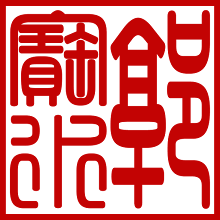Teknik pelafalan (pronunciation method) 声母的发音方法:
1. Cara menghambat:
suara plosif:
rapatkan bibir kita, lalu keluarin. Cth: “b,p,d,t,g,k”.
suara
desis: ada celah di mulut, lalu keluarkan. Cth: “f,h,x,sh,r,s”.
suara plosif
desah: rapatkan bibir kita, buat celah, lalu keluarkan. Cth: “j,q,zh,ch,z,c”.
suara
hidung: mulut tertutup, hidung dibuka. Cth: “m,n”.
suara
lateral: ujung lidah diangkat, mulut melebar. Cth: “l”.
2. pita suara bergetar atau tidak:
Suara gema:
waktu bersuara, pita suara bergetar. Cth: “m,n,l,r”.
Suara jernih:
pita suara tidak bergetar. Selain suara gema, semuanya adalah termasuk suara
jernih.
3. kuat lemahnya nafas:
Suara aspirasi:
waktu mengeluarkan suara, hembusan nafasnya kuat. Cth: “p,t,k,q,ch,c”.
Suara non aspriasi: waktu
mengeluarkan suara hembusan nafasnya lemah atau nyaris tidak ada. Cth: “b,d,g,j,zh,z”.
1. impede method:
Plosive sound:
first button our lips and then let it burst. Ex: “b,p,d,t,g,k”.
Assibilant
sound: leave a gap in mouth, then squeeze out. Ex: “f,h,x,sh,r,s”.
Plosive with
assibilant sound: first button our lips, leave a gap and then squeeze out. Ex: “j,q,zh,ch,z,c”.
Nasal sound:
button our lips and then open our nose. Ex: “m,n”.
Lateral sound:
ris
e our tongue tip and then spread our lips. Ex: “l”.


